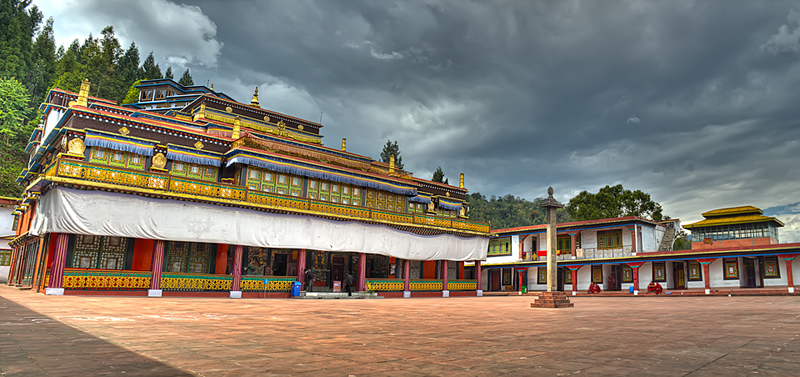
In religion and spirituality, a pilgrimage is a long journey or search of great moral significance. Sometimes, it is a journey to a sacred place or to a shrine of importance to a person's beliefs and faith. Members of every major religion participate in pilgrimages. A person who makes such a journey is called a pilgrim.
Contents
- Places associated with the life of Buddha
- Primary sites
- Places visited by Buddha for discourse
- Other prominent historic Buddhist sites by state
- Andhra Pradesh
- Assam
- Bihar
- Goa
- Gujarat
- Haryana
- Jammu and Kashmir
- Madhya Pradesh
- Maharashtra
- Odisha
- Telangana
- Tripura
- Uttar Pradesh
- Tibetan Buddhist sites
- By state
- Sikkim
- See also
- References
- Further reading
- External links
There are number of historical Buddhist pilgrimage sites in the Republic of India .














